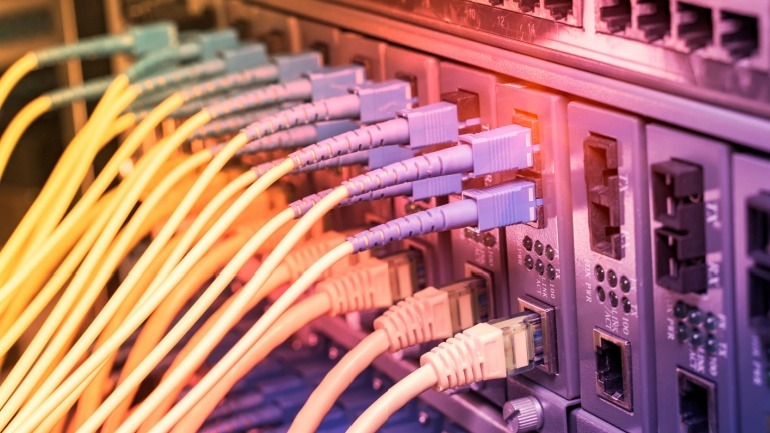Google’s USD $1 billion investment is set to transform Thailand’s digital landscape. Focusing on cloud and data centers in Bangkok and Chonburi, this initiative will boost digital infrastructure, meet rising cloud service demands, and enhance AI innovations.
NTT Group is exploring a billion-dollar Real Estate Investment Trust in Singapore, potentially featuring $3 billion in data center assets. This initiative could raise $1 billion, marking it as Singapore’s largest IPO since 2017.
Deutsche Telekom has joined the German Federal Association for Fiber Optic Connections (BUGLAS), marking a significant step in fiber infrastructure promotion. This move aims to enhance nationwide fiber expansion through partnerships. However, it has sparked mixed reactions, with critics concerned it might hinder Germany’s overall fiber rollout and benefit Deutsche Telekom’s market dominance.
Nokia and ZCorum have developed an innovative DOCSIS Provisioning Adapter (DPA) to aid cable operators in transitioning to fiber networks. This application leverages existing DOCSIS systems while provisioning Optical Network Terminals on Passive Optical Networks. The DPA streamlines the fiber transition, enhancing scalability, performance, and reliability for cable operators.
The UK government has officially designated data centres as Critical National Infrastructure (CNI), elevating their significance to that of energy and water services. This move aims to boost resilience against cyber threats, IT outages, and environmental hazards, safeguarding key data like NHS records. Enhanced governmental support will enhance cybersecurity and foster the digital economy.
LINX Nairobi’s expansion into PAIX Data Centres elevates its status as East and Central Africa’s premier Internet Exchange Point. This strategic move supports seamless connections for ISPs and global content networks at PAIX’s Nairobi NBO-1 facility. The integration ensures resilient, high-capacity links, fostering Kenya’s digital growth and enhancing VOIP service reliability.
Sparkle, an international service provider, and Airtel Business have partnered to enhance VoIP connectivity between Asia and Europe via the Blue & Raman Submarine Cable Systems. This strategic agreement promises to diversify and expand global network capacity, catering to increasing data demands and ensuring seamless VoIP services for businesses and consumers.
Data centers are critical to the U.S.’s digital infrastructure, supporting various industries and services. The NTIA is requesting public input to address challenges like energy consumption and cybersecurity. This collaborative effort aims to create a sustainable, secure, and resilient data center industry, supporting AI-driven growth and technological advancement.
AT&T partners with Nokia in a groundbreaking multi-year deal to upgrade its US fibre network infrastructure. Spanning five years, Nokia will deliver crucial fixed broadband equipment to bolster AT&T’s current infrastructure and accommodate future network expansions. This partnership is set to enhance broadband access for millions, driving digital innovation.
Ogi has secured £45 million from the Cardiff Capital Region to expand its full-fibre network across South Wales. This investment will enhance connectivity in key areas, supporting economic growth and bridging the digital divide. The expansion aligns with broader UK efforts to improve digital infrastructure and boost regional development.













